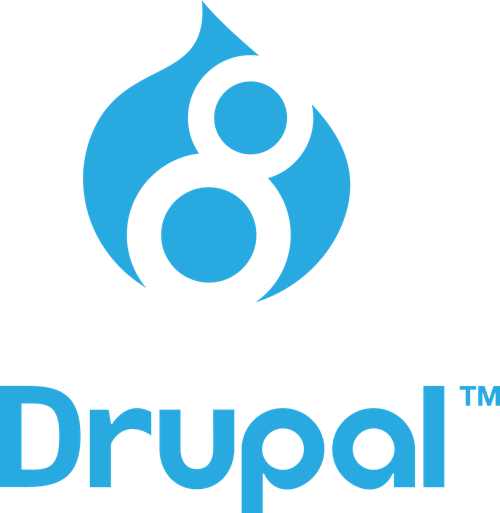What is a Content Management System?
A content management system (CMS) is a software tool that lets users add, publish, edit, or remove content from a website, using a web browser on a smartphone, tablet, or desktop computer. Typically, the CMS software is written in a scripting language, and its scripts run on a computer where a database and a web server are installed. The content and settings for the website are usually stored in a database, and for each page request that comes to the web server, the scripts combine information from the database and assets (JavaScript files, CSS files, image files, etc. that are part of the CMS or have been uploaded) to build the pages of the website.
The combination of the operating system that the CMS runs on, the scripting language it is written in, the database it stores its information in, and the web server that runs the scripts to retrieve information and return it to the site visitor’s web browser is known as the stack that the CMS runs on; the commonly used combination of the Linux operating system, Apache web server, MySQL database, and PHP scripting language is known as the LAMP stack.
Drupal is a flexible CMS based on the LAMP stack, with a modular design allowing features to be added and removed by installing and uninstalling modules, and allowing the entire look and feel of the website to be changed by installing and uninstalling themes. The base Drupal download, known as Drupal Core, contains the PHP scripts needed to run the basic CMS functionality, several optional modules and themes, and many JavaScript, CSS, and image assets. Many additional modules and themes can be downloaded from the Drupal.org website.
Drupal can also run on other technology stacks:
- The operating system can be Windows or Mac OS instead of Linux.
- The web server can be Nginx or IIS instead of Apache.
- The database can be PostgreSQL or SQLite instead of MySQL, or a MySQL-compatible replacement such as MariaDB or Percona.
Other operating systems, web servers, and databases can also be made to work; however, the scripts that the software uses are written in PHP, so that cannot be changed.
